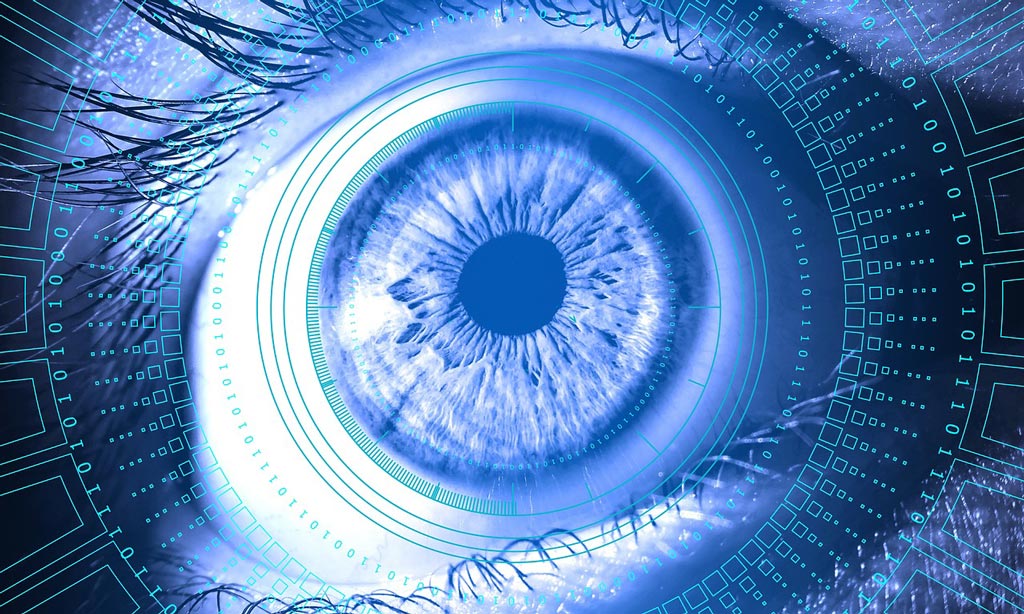(10 min read)
Or listen to this podcast…

What will our children need to know for the future?
The last article described the effect this fourth industrial revolution will have on our children’s future (and ours). We’re living longer and thus working longer to pay for it, our global climate is under threat, the pace of change is accelerating and how we communicate is transforming.
A company called Hendo is currently manufacturing hoverboards, not unlike Marty’s from his trip to 2015 in the film Back to the Future. But other than learning to ride hoverboards, how else can we prepare our children for the future?
Is there a definitive list of must-have skills?
Yup. At least, a good start at one. The world’s best futurologists and thinkers, the highest-paying global companies and academics agree on several skills that will differentiate between those that are fulfilled and successful in their careers, and those that struggle.
Here they are:
- Knowing how to learn, and to learn rapidly. Your children will need to become expert in areas that cannot be automated. This means being adaptable, being flexible, being able to take on new ideas. Professor Edward Hess, author of the book Hyper-Learning argues that staying relevant in the workplace will require ‘continuously learning, unlearning, and relearning at the speed of change’. Therefore, we should be providing our children with a personalised toolbox of learning skills.
There will be times when our children will have to learn large volumes of information. Whatever your views are on rote learning, there are some facts that we simply have to be able to recall instantaneously (times tables, vocabulary). Passing Biology or Philosophy exams will require the ability to swiftly pull information about the process of meiosis or the tenets of deontology.
There will be an upcoming article on how to remember, but in summary:
- Understand brain plasticity: The more we carry out a certain action, the stronger the related neural pathways become. Revisit the article on brain plasticity for tips on explaining the concept to children.
- Use techniques such as spacing learning out with increasing gaps between study sessions.
- Interleaving involves studying different types of topic side by side, so that the differences between them are more apparent.
- Practising elaboration, where information is converted into another form – diagrams, mindmaps, flashcards, videos – helps to lock information in.
- Establishing an optimal learning environment, free of distractions and without multitasking (which is impossible. Brains can only switch between tasks which drastically reduces the ability to learn).
- Practicing mindfulness creates a state of mind that’s conducive to learning.
- Using breaks regularly.
- Moving: exercising increases blood flow, and therefore the amount of oxygen and glucose travelling to the brain. It also stimulates the release of neurotrophins, helping the formation of new neural connections.
- Eat the right food and drink. Glucose, from fruit for example, helps with cognitive performance. Caffeine in the right doses can improve focus.
- Scents: use the same scent, such as rosemary, during encoding – learning – and again during testing improves recall.
- Understand metacognition: ‘thinking about thinking’ gives your child agency in learning process. Ask them to reflect: what worked last time? What method could they use this time? Is it working? What would they change for next time?
- A growth mindset will encourage persistence. Know that intelligence is not fixed but can be improved upon with sustained hard work. Mistakes are how we learn, so use them as positive learning points.
- Sleep: a regular sleep pattern is a really effective way to help establish learning. It is only when we sleep that information moves from the neural connections in the hippocampus out to memory storage areas in the cortex. A sleep-deprived child will never reach their full potential.
- Being a critical thinker, with expert problem-solving skills. If your child can deliberately and systematically process information in order to make decisions and understand something, they are thinking critically. It means knowing how to conceptualise something, analyse it, synthesise different information and evaluate it. They obtain this information from simply observing, from their own experience, or from reflecting and communicating it to others. Critical thinking will be an upcoming article topic.
- Being creative. Thinking big. (I’ve written about creativity in another article).
- Being able to communicate their ideas, strategies and plans – both in person and digitally. This means being able to explain concepts clearly effectively. They need to appreciate the views and standpoints of others and know how to capture people’s attention.
- Making sense of data: knowing what it means, and how to apply it to an opportunity.

- Operate within a new media literacy. Currently, this includes augmented reality, vlogging, presenting live videos and of course being nimble across various social media platforms. But there will undoubtedly be more vehicles for communication in the future.
- Transdisciplinarity. Last century, we were encouraged to specialise. But this century’s issues (global warming and over population) cannot be solved by a single specialist discipline. Nanotechnology requires broad knowledge of molecular biology, biochemistry, protein chemistry and more. We need T-shaped specialisations: broad, with some depth.
- A bonus candidate for an 8th skill comes from a friend who is Global Director of Talent & Organisational Effectiveness at a multinational company. She has worked in Asia and Europe for over a decade and says that too often new employees arrive with paltry knowledge of how to interact with people of different nationalities; so perhaps lets also throw in an ability to communicate with people with different cultural norms.

Are schools adapting?
Some schools have embraced the need to teach these skills to their students. Those that do it, and do it properly, are ahead of the curve. They bring in expert communicators and public speakers, to teach children the confidence and skills to present in meetings, podcasts and on videos. They teach students how to think critically, baking it into their lessons (for instance flipping the joy-sapping ‘learning objectives’ statement into a thought-provoking question: “what’s the point in learning about the Reformation?)
During the last couple of years, there has been a surge in interest in using findings from educational neuroscience in teaching. Many academics in the field are nervous however, that too much is being promised too soon; in reality there is actually very little that is classroom ready.
What has been far quicker to bloom in the gap between what neuroscientists know and what schools want to do are ‘neuromyths’ (have you heard the one about ‘crossing the midline’? Or that we are left- or right-brain dominated?). I will also write about these in another article.
The exemplar schools are those that bring in specialists who have spent their careers pursuing and communicating evidence-based findings. Teachers simply don’t have the time to plough through lengthy and turgid academic journals to extract the jewels of evidence that work in a practical classroom setting.
Here’s to the future…
In essence, our children will need to work hard at getting to know who they are and what they want from life. Know thyself. The oldest advice in the book. And to stay true to it, despite what the algorithms may try to influence otherwise.
I’ll finish with the words of Prof. Yuval Harari, historian, philosopher, and the author of over 27million copies of books in 60 languages, about human future. He’s considered one of the world’s most influential public intellectuals today:
So the best advice I can give a 15-year-old stuck in an outdated school somewhere in Mexico, India, or Alabama is: don’t rely on the adults too much. Most of them mean well, but they just don’t understand the world. In the past, it was a relatively safe bet to follow the adults, because they knew the world quite well, and the world changed slowly. But the 21st century is going to be different. Because of the increasing pace of change, you can never be certain whether what the adults are telling you is timeless wisdom or outdated bias …. To run fast, don’t take much baggage with you. Leave all your illusions behind. They are very heavy.
Here’s to an exciting, inter-generationally collaborative future!